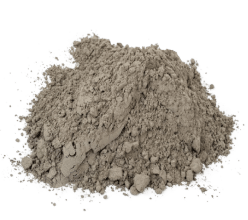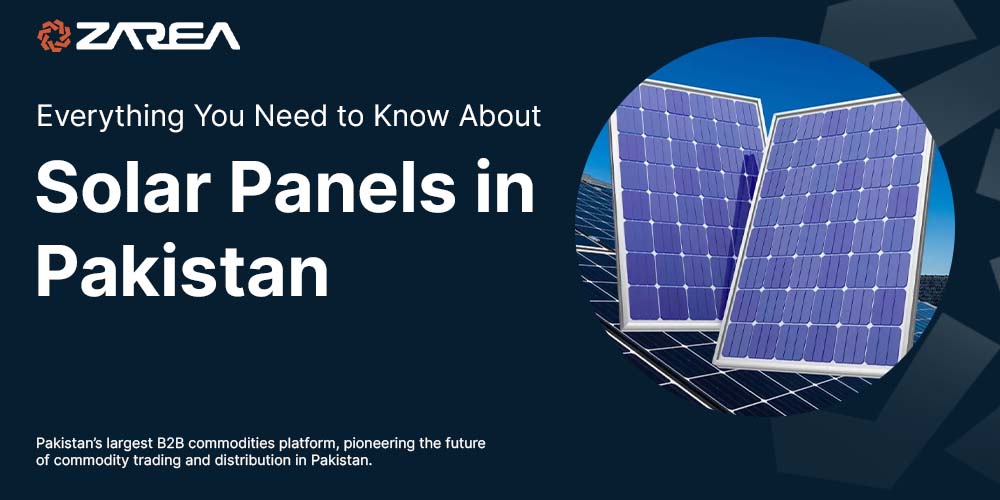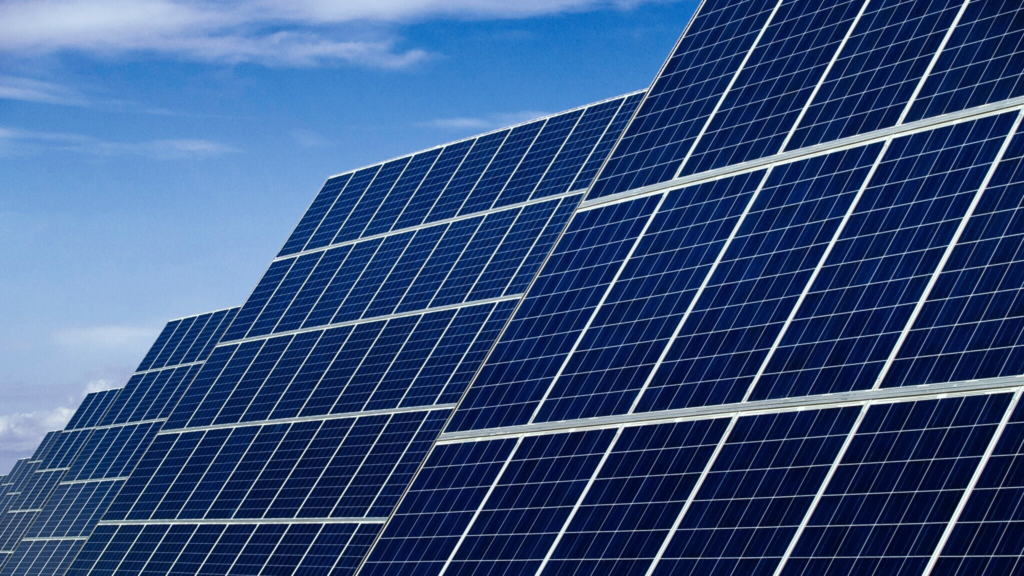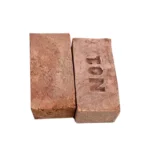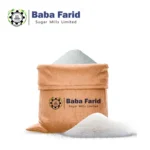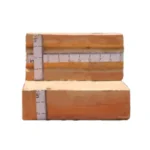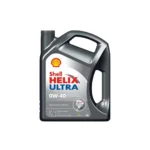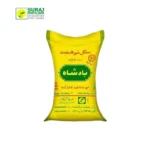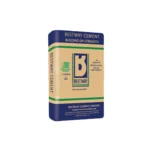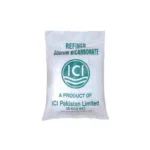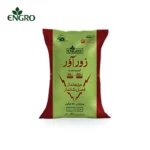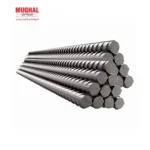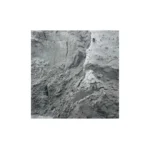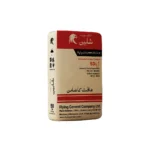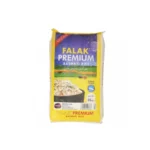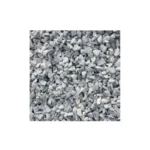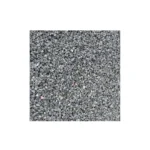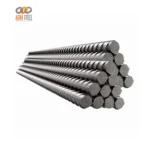Introduction – Solar Panels in Pakistan:
The demand for solar panels in Pakistan has skyrocketed in recent years as families, companies, and industries search for more economical and sustainable energy options. Pakistan has a great deal of potential for solar energy generation because of its year-round availability of sunlight. This comprehensive guide will cover all you need to know about solar panels in Pakistan, including their types, benefits, costs, government incentives, and the reasons that moving to solar energy is a smart investment for a cleaner, greener future.
Renewable energy sources are becoming the go-to solution to combat the energy and climate crisis in Pakistan. Solar energy (Solar Panels in Pakistan) is among the viable and sustainable solutions in this expedition. Being the promoter of green energy, Zarea Limited upholds the standards and quality of solar energy products to cater to the growing demand for clean energy in Pakistan. Zarea commits to providing a wide range of residential and commercial solar energy products so that we can harness the power of the sun’s unlimited energy to make the nation’s future brighter and greener.
Challenges Faced by the Energy Sector in Pakistan:
The energy sector of Pakistan has seen its worst days in recent years. The high costs of energy sources, increasing demand for energy production, and exportation of fossil fuels to fulfill the ever-increasing demand have destabilized the energy infrastructure. These circumstances have also led to economic instability, energy dependency, and drastic climate change. Therefore, there is an urgent need for sustainable initiatives and renewable solutions to cope with these challenges.
Solar Energy Potential in Pakistan:
Pakistan’s energy sector may greatly benefit from solar energy’s enormous potential for clean, sustainable electricity. The World Bank estimates that Pakistan might produce 40 GW of solar electricity. Solar energy has the potential to considerably improve Pakistan’s energy infrastructure and reduce the country’s growing reliance on energy. It will also have a big impact on how much power individuals pay. We must learn about Pakistan’s solar power infrastructure and the types of solar panels to access that.
Transformation of Solar Energy into Electricity through Photovoltaic Technology:
One of the main initiatives in Pakistan’s search for sustainable energy solutions has been the conversion of solar energy into electrical power using photovoltaic technology. Zarea is a major force in the solar energy industry and works to advance innovation and sustainability in the nation by providing high-quality solar energy goods with quick delivery.
Types of Solar Panels in Pakistan:
In essence, solar panels serve as photovoltaic (PV) panels that generate energy from solar radiation. These panels utilize the photovoltaic effect to produce direct current (DC) power, and manufacturers construct them from several solar cells made of semiconductor material, primarily silicon. This produced power can then create alternating current (AC) for a variety of home and business applications. Thus, the most important part of the photovoltaic solar energy system is the solar panels.
Below is a list of the varieties of solar panels available in Pakistan, each with unique features, uses, and power generating capacities.
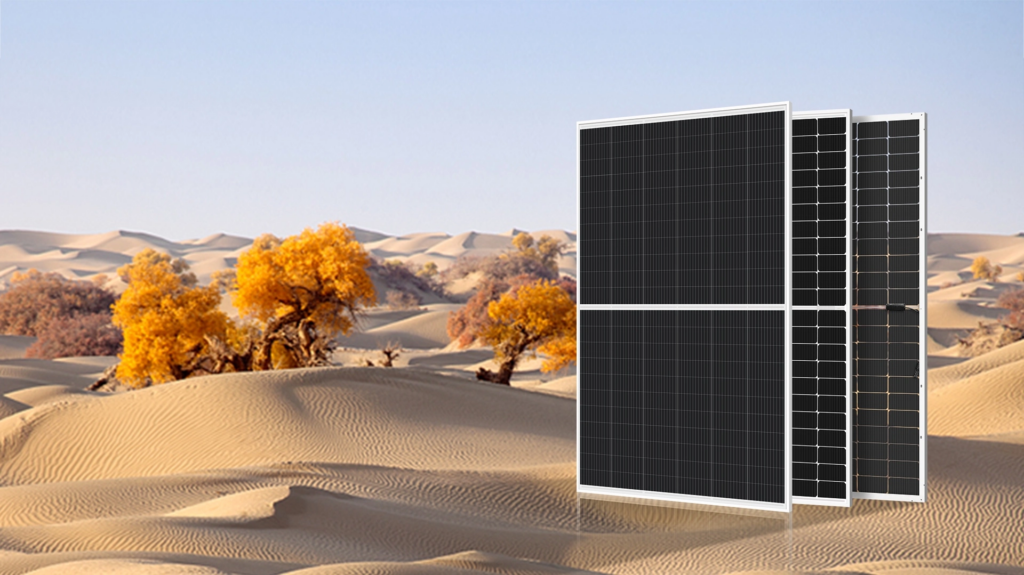 Panel[/caption]
Panel[/caption]
Monocrystalline Solar Panel:
One of the most popular types of solar panels in Pakistan is monocrystalline. Experts think that monocrystalline panels are the most effective kind of solar panels and they construct them from a single high-purity silicon crystal. Monocrystalline panels can convert up to 20–22% of sunshine into useful power. They have a smooth black appearance due to the presence of a single pure silicon crystal and are perfect for commercial and residential applications.
Pros
- High efficiency
- Requires less space for installation
- Enhanced heat tolerance
- Reliable performance for over 25 years
- Occupy less space
Cons
-
- Expensive
- Heavy
- Production is less sustainable
Polycrystalline solar panels:
Polycrystalline solar panels are made up of melted fragments of silicon crystal cast into a mold. With up to 16% efficiency rate, these panels are capable of transforming 15-18% of sunlight into usable electricity. They are relatively less expensive than monocrystalline solar panels but also slightly less efficient than them. These panels have a bluish color and are ideal for commercial and residential installations.
Pros
-
-
- Reliable and Durable
- Cost-effective
- Long lifespan
-
Cons
-
-
- Occupy more space
- Less heat tolerance
- Production is less sustainable
-
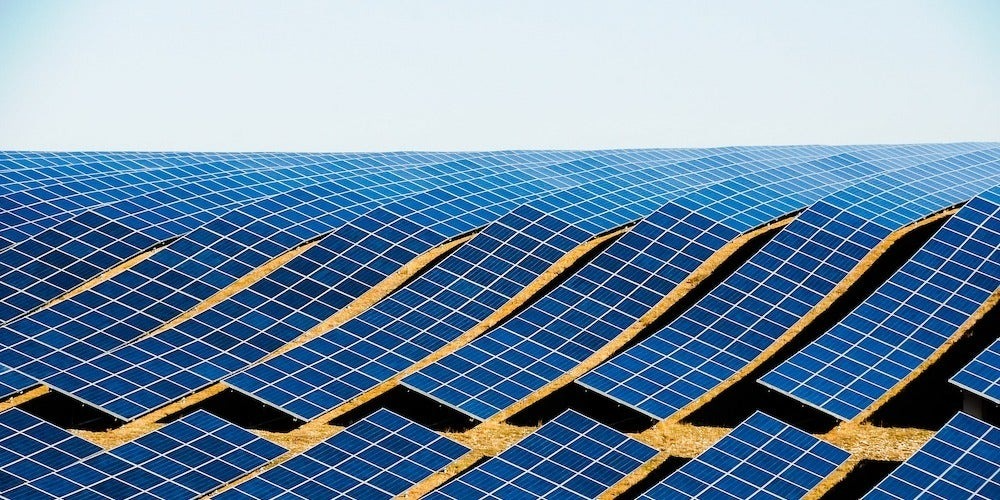
Thin-Film Solar Panel:
Thin-film solar panels are capable of converting up to 7-14% of sunlight into usable electricity. These panels are way less efficient but they are the most convenient, lightweight, and less expensive option. Photovoltaic material is deposited onto a substrate to make the thin-film panels. The panels are ideal for small-scale installation and remote power generation.
Pros
-
-
- Flexible
- Portable
- Lightweight
- Effective in low-light conditions
- Cost-effective production
- Minimum heat-induced efficiency loss
-
Cons
-
-
-
- Less efficiency
-
-
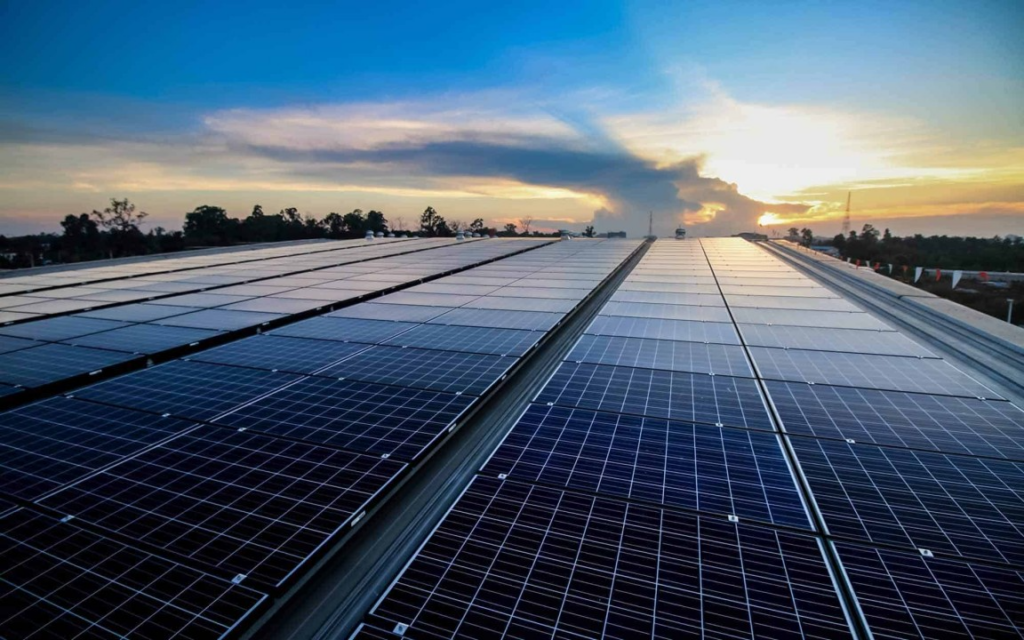
Type PERC:
PERC (Passive Emitter and Rear Cell) is a type of solar cell technology that can be integrated into solar panels in
order to generate more electricity. PERC solar cell has the ability to ramp up the energy efficiency rate up to 12% higher than their traditional counterparts. These specialized cells help prevent heat-induced efficiency loss. PERC technology can be applied to both monocrystalline and polycrystalline solar cells to enhance their efficiency significantly. They are of two types: Poly PERC and Mono PERC solar cells.
Pros
-
-
- Consistent power source throughout the day
- Feasible option for solar energy projects
- Increased efficiency gain
- Can work in low-light conditions
-
Cons
-
-
- Expensive
- Susceptible to heat damage
-
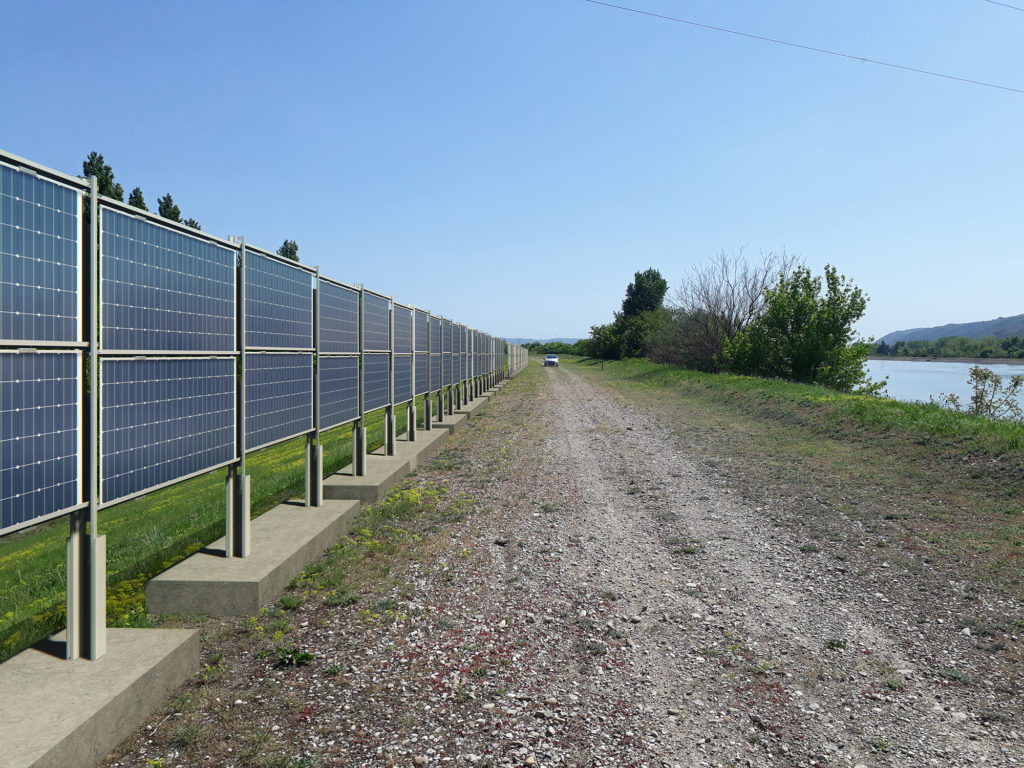
Type Bifacial:
Bifacial technology enables the solar panels to capture the sunligh
t from the front and the back simultaneously. This makes the energy production more effective and efficient. Bifacial technology can be integrated into both mono and polycrystalline solar panels to enhance their performance. It requires elevated and reflective surfaces for enhanced performance therefore it is ideal for power generation in regions with high surface reflectivity like snowy landforms, etc.
Pros
-
-
- Potentially enhance energy yield by 10-30%
- Can capture light from multiple angles
- Durable
- Provides versatile installation configuration
-
Cons
-
-
- High upfront cost
- Complex installation
-
Options for Call to Actions:
Are you prepared to go to renewable energy? Take the first step towards a sustainable future by investigating the top solar panel options available in Pakistan right now.
Are you trying to find the best solar panel prices in Pakistan? For knowledgeable advice and affordable rates catered to your energy requirements, get in touch with us.
Invest in your future: By finding top-notch solar panels in Pakistan to reduce your power costs and save the environment.
Take part in the solar revolution! Use our reliable advice and assistance to get the ideal solar panel system for your residence or place of business.
Power it instead of waiting for the future! Investigate Pakistan’s top solar panel alternatives and make an informed, environmentally responsible investment right now.
Zarea Limited: Digital Marketplace for the Best Solar Panels in Pakistan:
Solar energy products in Pakistan are worth the hype and are a step forward towards energy independence and limiting carbon footprints. Zarea Limited plays a vital role in fueling the shift towards a sustainable future. Being the largest and fastest-growing digital platform in Pakistan, Zarea Limited has a wide range of best-quality solar panels and solar products tailored to your commercial and residential needs. At Zarea Limited, you can choose and order different types of solar panels without any hassle, as we have you covered with our quality and fast delivery services all over the country.
Final Thoughts:
Adopting solar panels in Pakistan is a proactive response to the nation’s expanding energy need, not merely a passing fad. With major advantages for the economy, society, and environment, solar energy provides a dependable route to sustainability and energy independence. You are better able to make an educated choice if you comprehend the alternatives, costs, and benefits described in this book. Purchasing solar panels now is an investment in Pakistan’s future prosperity, cleanliness, and greenness, not simply in technology.
FAQ’s:
How much does a solar panel cost in Pakistan?
Brand, wattage, and technology are some of the variables that affect solar panel prices in Pakistan. A 545W Maysun A-grade panel, for instance, costs about Rs 14,715. The cost of a 550W Logni single glass panel is around Rs 14,850, whereas a 580W Jinko N-type panel costs Rs 16,820.
Which solar panels are best in Pakistan?
The top brands of solar panels in Pakistan are Longi, Jinko, Canadian, JA, Panasonic, SunTech, and Trina. These companies provide a large selection of dependable and high-quality solar panels that may be used in commercial, industrial, and residential settings.
How much is a 1000 watt solar panel in Pakistan?
PKR 50,000 to PKR 150,000 is the typical price range for a 1000W solar panel system, depending on the quality and installation services offered. The approximate cost of a two-panel system with a 1000W capacity is as follows: PKR 50,000 to PKR 70,000 for two panels of 545W. PKR 55,000 to PKR 80,000 for two 700W panels.
How much kW is required for a house in Pakistan?
In Pakistan, a typical home uses between 300 and 500 kWh per month, while the exact quantity needed for a dwelling varies. Energy requirements are influenced by a number of factors, including climate, housing size, and appliance usage.
How many plates are in a 1 kW solar system?
Two to four solar panels are usually included in a 1 kW solar system. The wattage of each panel determines the precise amount. For example, you will require two 585W panels. You will require four 250W panels.
